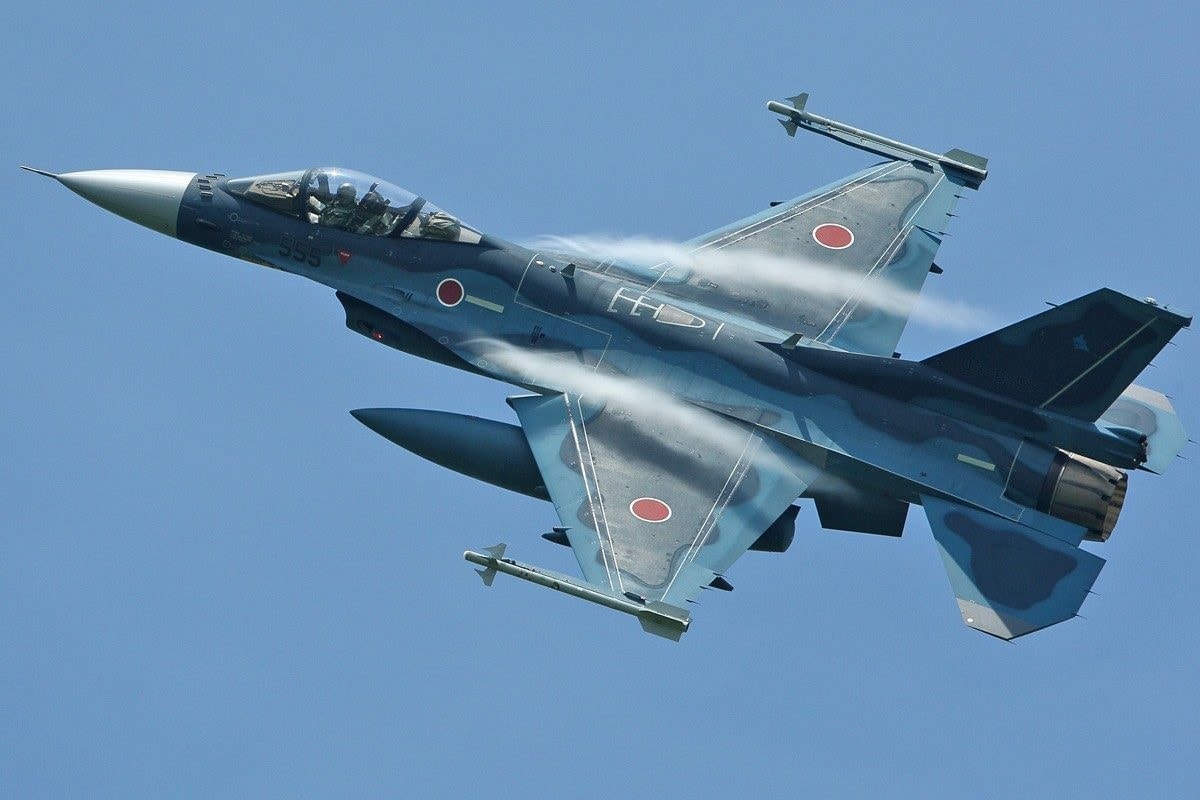Throughout history, there has been no love lost between China and Japan. While the island nation of Japan has been influenced throughout its history by China, modern relations have been strained due to past conflicts.
Today, China’s and Japan’s economies are respectively the world’s second and third-largest by nominal gross domestic product (GDP), and in recent years the two have become close business partners since relations were normalized in 1972.
Yet, Tokyo sees Beijing as its biggest security challenge, and as a result, the Japanese government has announced it would sharply increase military spending, The Wall Street Journal reported on Friday. This would mark Japan’s largest post-World War II shift away from pacifism.
Point of Contention
Among the sources of contention is actually an uninhabited group of Tokyo-controlled, Beijing-claimed East China Sea islands called Senkaku in Japan and Diaoyu in China. According to Japan, the islands, which had previously hosted a Japanese seafood factory, are part of its territory, both historically and by international law.
However, Beijing maintains that the islands were stolen in 1895, and should have been returned to mainland control at the end of World War II.
Though the actual islands may have little value, the region’s waters are rich fishing grounds while undersea oil deposits have been discovered. The 1972 normalization communiqué did not address the issue, and the dispute only intensified in 2012 after Tokyo nationalized the islands.
Arms Buildup
Japan will undertake its biggest arms buildup since the war, in an effort to deter China from war in East Asia. It was in a 2019 defense white paper that Tokyo had identified Beijing as its chief adversary – noting that the Chinese Communist Party (CCP) was undergoing a rapid modernization that had the potential to pose a serious security threat.
In addition, Japan has monitored China’s saber-rattling to return self-ruling Taiwan to mainland control, and by force if necessary.
The concerns have only intensified since Russia invaded Ukraine, which has weakened public opposition in Japan to the rearming. The next Communist Party delegation to gather in Beijing is scheduled for 2027 when Chinese leaders will determine where its own modernization stands. It is already being seen as a potentially noteworthy milestone for Beijing as it will mark the centennial of the founding of the People’s Liberation Army.
Clearly, Tokyo plans to be ready to stand up to any Chinese aggression that could occur – as well as any from North Korea or Russia. The strategy document reaffirmed concerns about North Korea’s nuclear weapons program and its recent string of missile launches.
However, it placed North Korea below China on the current threat list, reversing the order from a previous strategy released in 2013.
Tokyo’s spending plans commit Japan to 43 trillion yen (approximately $312 billion), in defense outlays over the next five years, starting in the next fiscal year that will begin in April.
Japan would spend about 2% of its GDP on defense, which put it in line with spending targets shared by the U.S.’s European allies in the North Atlantic Treaty Organization (NATO).
Around $3.7 billion is reportedly earmarked just for missile systems, including the American Tomahawk, which would enable the Japanese military to target an adversary’s facilities if an attack appeared imminent.
The message that Japan will likely want to send is that it would be far too costly to attack the island nation, thus pursuing a peace through strength strategy.
A Senior Editor for 1945, Peter Suciu is a Michigan-based writer. He has contributed to more than four dozen magazines, newspapers, and websites with over 3,000 published pieces over a twenty-year career in journalism. He regularly writes about military hardware, firearms history, cybersecurity, and international affairs. Peter is also a Contributing Writer for Forbes and Clearance Jobs. You can follow him on Twitter: @PeterSuciu.

